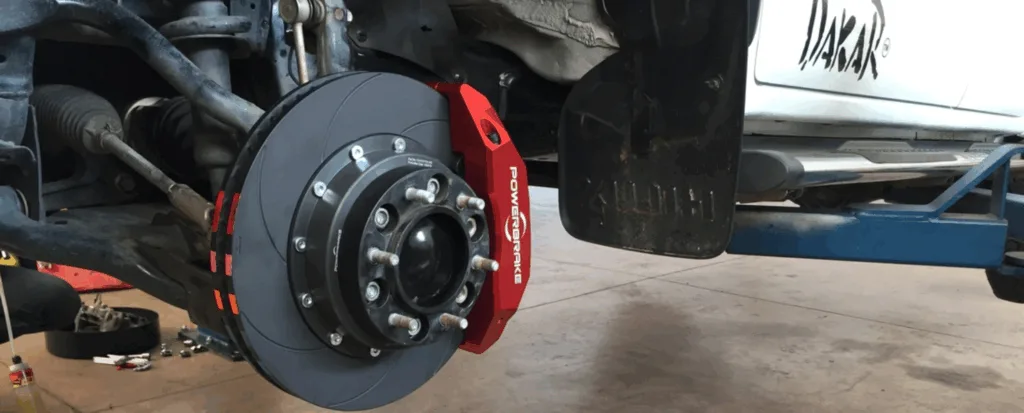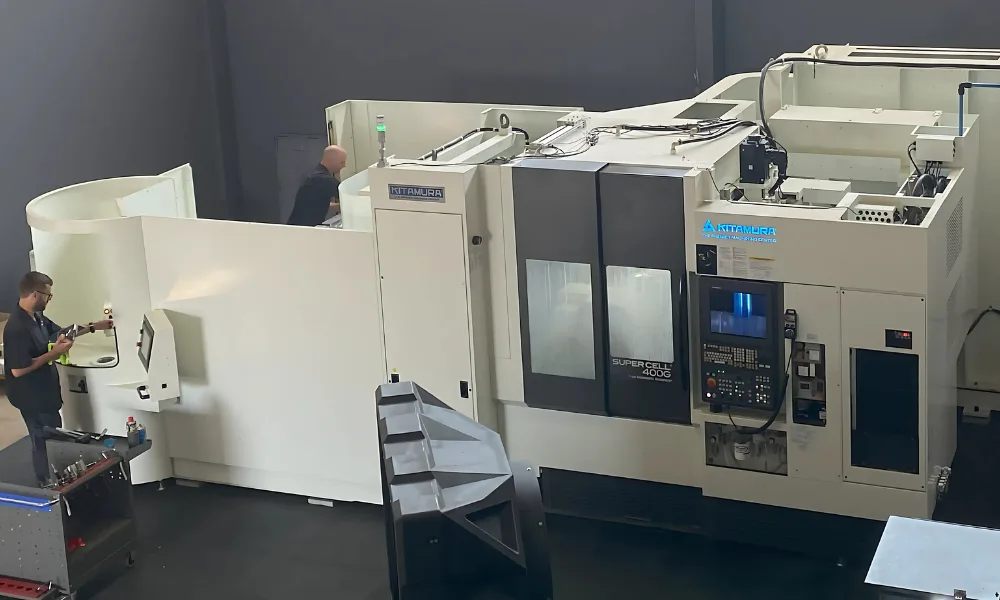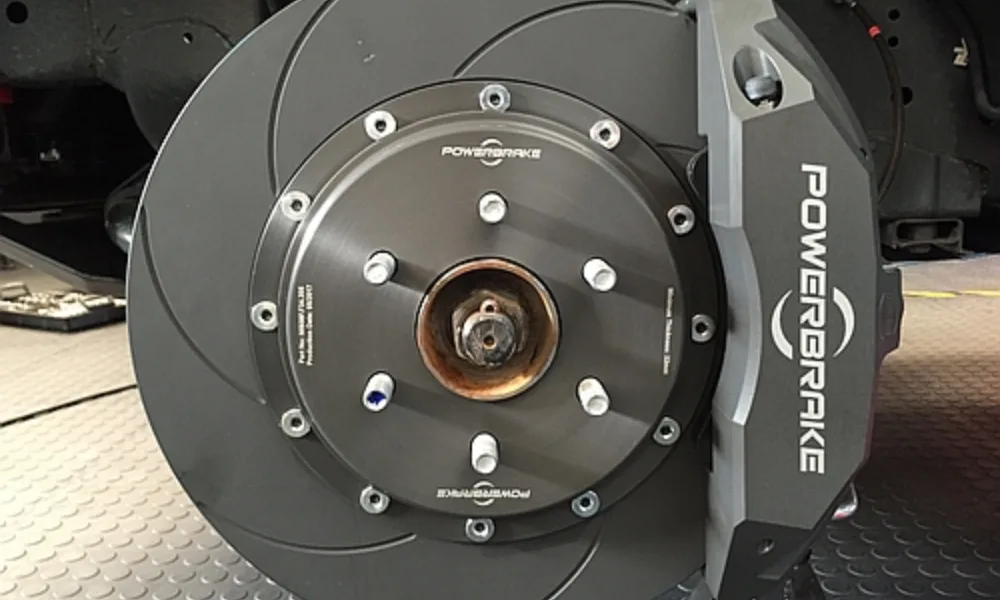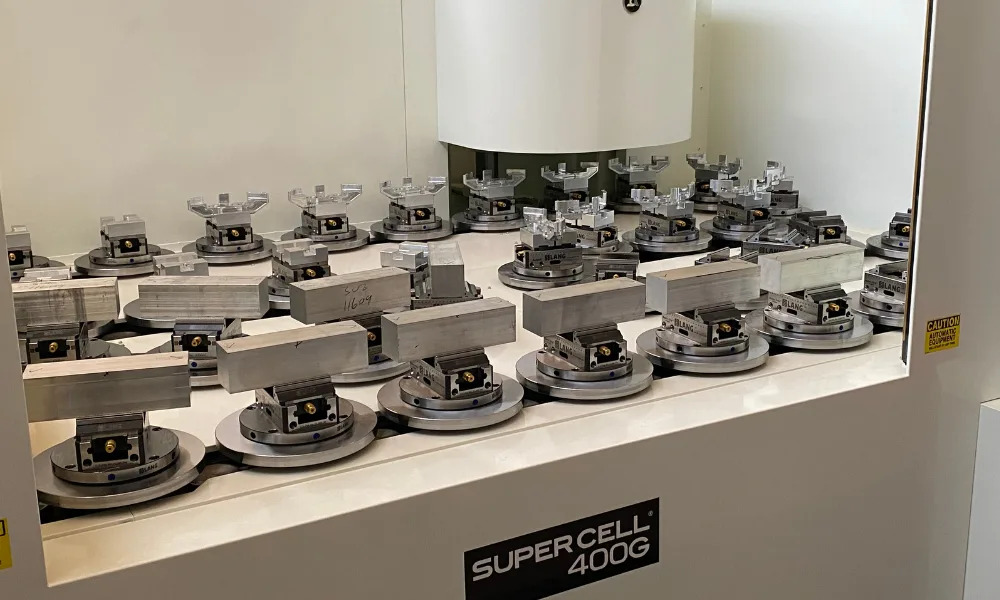Introduction
From the extreme race stages of the Dakar Rally to the world’s toughest 4×4 overland trails, Powerbrake has carved out a name synonymous with excellence in high-performance 4×4 braking systems. Founded in 2004 by Clive Murphy, Powerbrake is a proudly South African company that has not only pioneered a new market niche but set a global benchmark in brake technology. At the heart of their journey is an unwavering commitment to innovation, one that has been fuelled, in part, by the power of Autodesk Fusion.
With Baker Baynes as their trusted partner, Powerbrake has undergone a remarkable digital transformation, revolutionising the way they design, test, and manufacture their world-class brake systems.
“We believe Fusion is the fastest path from concept to market available today,” says Clive Murphy, Powerbrake’s founder. “It’s powerful, yet simple, no other software has matched its value or versatility for our needs.”
Customer Challenges
In the early 2010s, Powerbrake found itself at a strategic crossroads. Initially, designing for a broad motorsport clientele from street racers to classic restorers, bespoke, low-volume production projects increasingly burdened the company. While each calliper crafted was a masterpiece, the scalability was unsustainable.
“Motorsport is huge here, but the costs of importing overseas parts were astronomical,” Clive explains. “Race teams would ask us to build one-off components, which pulled us in too many directions. We had 15 product lines, many of which were low-volume. It was time to make a call.”
That call was bold: Powerbrake would pivot away from street and circuit racing to focus solely on 4×4 off-road performance braking systems, an underserved market with global potential.
Yet, with that pivot came new challenges:
- Scaling up manufacturing in-house in 2015 without prior CNC experience
- Reducing time from concept to production
- Competing internationally while maintaining affordable price points
- Managing increasing complexity in custom product variants
- Communicating technical excellence in a new market not as familiar with Powerbrake’s high-performance brake kits at the time
Project Goals
Powerbrake’s digital transformation was underpinned by a clear vision:
- Bring manufacturing in-house to gain control over quality, costs, and lead times.
- Adopt a unified software solution that would handle the entire product lifecycle, from design and FEA to CAM and production.
- Utilise generative design and simulation tools to drive cutting-edge product innovation.
- Build a scalable platform for their growing team and international footprint.
- Maintain competitive pricing without sacrificing engineering excellence.
Crucially, they wanted a software partner that was forward-thinking, supportive, and aligned with their entrepreneurial drive.
Enter Baker Baynes.
Design Solutions
“Fusion was relatively new when we started looking at it, and there wasn’t much local support,” Clive recalls. “But I insisted, if it’s available overseas, why not here?”
Thanks to Baker Baynes’ advocacy and commitment, Autodesk sent a team from their Middle East office to Powerbrake’s facility. That meeting marked the beginning of an enduring partnership.
Initially starting on Autodesk Inventor with HSM, Powerbrake transitioned to Autodesk Fusion around 2017. The change was transformative.
Key components of the solution:
- Design and FEA Integration: Autodesk Fusion enabled Powerbrake’s engineers to conduct stress analysis and optimise parts for strength and weight within the same environment, dramatically streamlining development cycles.
- Generative Design Adoption: In 2020, Clive personally spearheaded Powerbrake’s first generative design project. The results were groundbreaking. “It’s like the AI of design,” he says. “We saw structural solutions we never would have imagined. It wasn’t just a design tool, it was a learning tool.”
- CAM and CNC Programming: With Fusion and CAM Extensions, Powerbrake was able to cut down programming time significantly. The simplicity and power of the platform allowed them to train new staff faster and experiment with complex geometries on 5-axis machines.
- Modular Product Configurations: Fusion helped the team customise brake kits to each specific vehicle. “Each car gets a bespoke solution; nothing is cookie-cutter. Autodesk Fusion makes that possible, fast.”
- Post-processing Support: When Powerbrake recently invested in Africa’s first Kitamura SuperCell 5-axis CNC machine, capable of running 24/7, Fusion’s post-processing capabilities, supported by an Autodesk partner in the US, ensured flawless machine integration. All other CNC lathes, as well as 3-axis and 5-axis mills in the Powerbrake factory, run flawlessly using post-processors that are included with Fusion at no additional cost.
Business Benefits
With Baker Baynes and Autodesk Fusion in their corner, Powerbrake has not just grown; they’ve soared.
Here are some of the standout outcomes:
1. Global Reach
Today, Powerbrake exports to 33 countries with sales offices in the US and Europe. They are recognised as global leaders in 4×4 brake upgrades, with more than 50% of Dakar Rally vehicles using their products.
2. Cradle-to-Grave Efficiency
Clive describes Autodesk Fusion as a “cradle-to-grave” platform. From concept to machining, the time to market has improved significantly. “We believe Fusion enables the fastest product delivery pipeline in the world.”
3. Increased Production Capacity
The introduction of the fully automated Kitamura SuperCell 5-axis CNC machine, programmed through Autodesk Fusion, has doubled their output. “With about an hour of loading a day, it machines the same amount of callipers per month as the rest of the 5-axis CNC mills in our factory combined. Fusion’s role in this can’t be overstated.”
4. Generative-Driven Innovation
Generative design has led to breakthrough products that are not only stronger and lighter but also manufacture-ready. “We initially used Fusion Generative design to design a line of circuit race callipers, and that same tech is now being used to design several next-generation product lines, including our next-gen 4×4 brake upgrade systems and off-road race brake systems,” Clive shares.
5. Resilience Under Pressure
When US tariffs threatened 25% of Powerbrake’s high-end sales, they had just 90 days to design and deliver a new mid-tier product line. “We had to compress eight months of work into three, and Autodesk Fusion got us there,” Clive says.
6. Support That Scales
Powerbrake has benefited not just from Autodesk software, but from Baker Baynes’ deep local expertise. From license migration to server transfers to strategic support, Clive notes, “They’ve always come through for us. And when we needed help with a critical data move, they escalated it to Autodesk’s Global Team. That’s the kind of partner you want.”
Conclusion
Powerbrake’s story is one of precision, perseverance, and vision. By embracing digital tools and a trusted technology partner, they have gone from niche local manufacturer to global innovator.
“Autodesk Fusion helped us bring our ideas to life faster than ever,” says Clive. “And Baker Baynes? They’re not just a reseller, they’re part of our journey.”
From Dakar rally stages to the 4×4 overland trails of Utah, Colorado and California, Powerbrake is redefining what’s possible in performance braking, proof that South African innovation can lead the world.







0 Comments